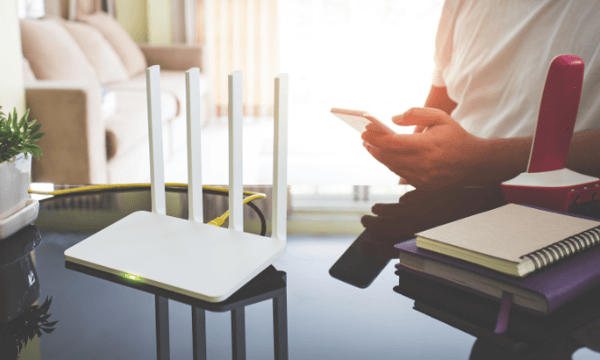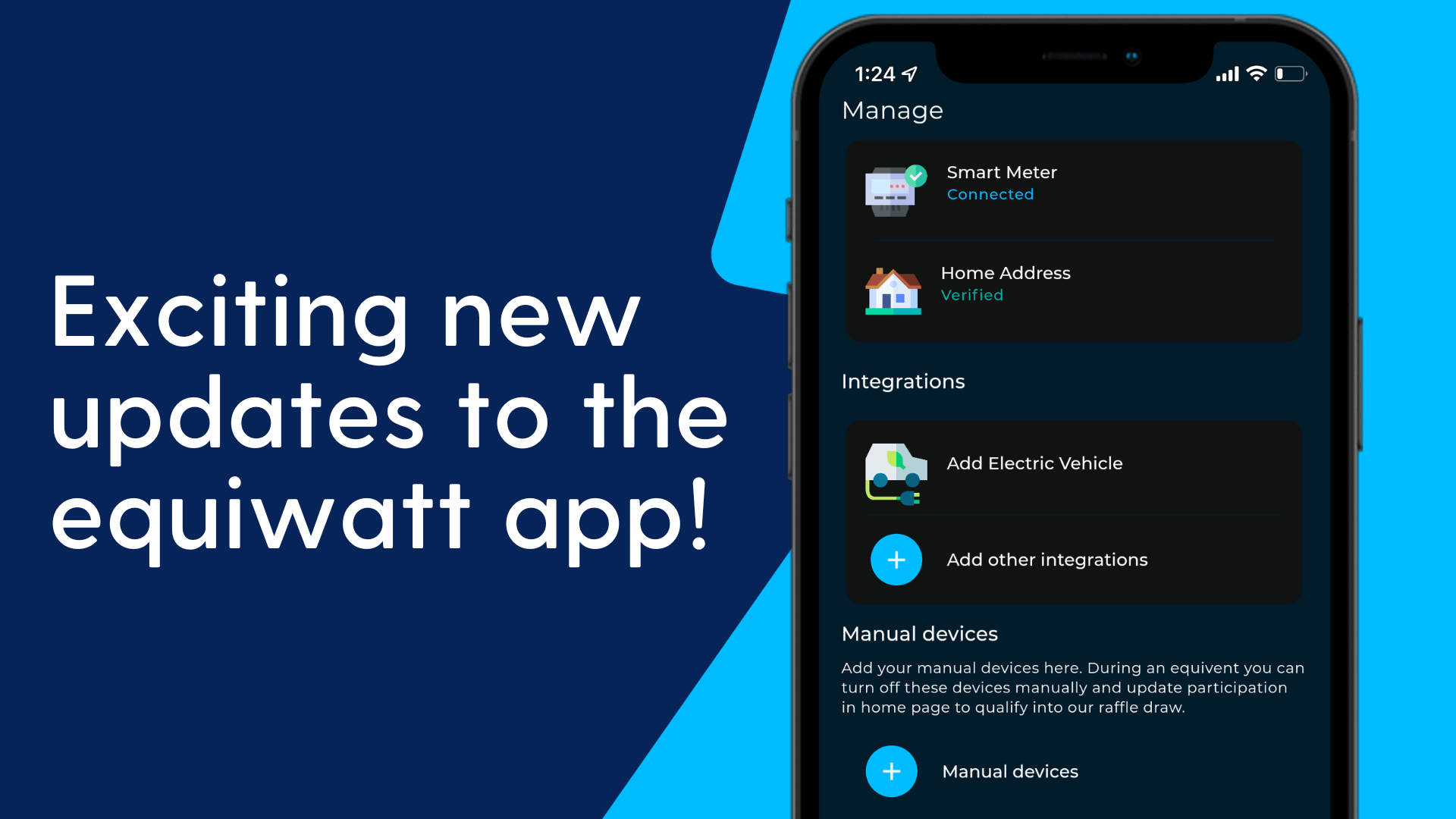
Over the last few months, a number of articles have questioned the security levels of Smart Plugs, including the TP-Link Kasa HS110 plug, with some suggesting that weak encryption in such plugs opened them up to the risk of being hacked.
The good news is that TP-Link updated the firmware for their smart devices in November 2020 and this included security improvements that addressed those concerns. This covers the HS110 energy monitoring smart plug and the new slimline KP115 plug, both of which are compatible with equiwatt. If any equiwatt users do not already have the update, it can easily be carried out via the Kasa app.
It is also important to highlight that the articles reporting suggested vulnerabilities did not make it clear that TP-Link Smart Plugs rely on a connection to a home WiFi network and were only vulnerable if the network itself was compromised. This vulnerability was fixed as part of firmware updates but does focus on the importance of protecting against attacks on your home WiFi network.
With that in mind, we have put together our top 5 tips on how to keep your home WiFi network secure:

1) Don’t use the default name for your home WiFi
The first step towards making your home WiFi more secure is to change the SSID (Service Set Identifier), or name of your network. Most WiFi router manufacturers give all their routers a default SSID. In many instances, this will include the broadband providers name. An SSID that includes the name of the broadband provider or personal information makes it easier for a hacker to break into your network as they have an easy starting point to work from.

2) Create a unique wireless network password
Pretty much every wireless router comes with a pre-set password. Unfortunately, this default password is easy to guess if you are a seasoned hacker, especially if the broadband provider is also known. In order to create a strong password for your wireless network, make sure it is at least 20 characters long and includes letters, numbers and symbols to make it more difficult for hackers to access your network. How-To Geek has some excellent advice on creating strong passwords.
3) Enable network encryption
Nearly all wireless routers have the option of encrypting your network. Unfortunately, they are often turned off by default. However, simply turning on your wireless router’s encryption can help make your network more secure.

4) Keep your router’s software up to date
Just like any other software, every now and then your router’s firmware will need updating to fix flaws that can leave them vulnerable to hackers. This is why it is always best to install the latest software available and download the latest security patches to protect your network against any breach from potential hackers.
5) Make sure you install a good firewall
A “firewall” is software that is designed to protect computers from harmful intrusions via the internet. Most wireless routers have built-in firewalls but these are not always turned on. Make sure to check that your wireless router’s firewall is turned on. We would also recommend installing an additional firewall on your system to watch out for unauthorised attempts to access your wireless network.
These basic tips will go a long way to ensuring your WiFi network and connected smart devices are secure, as well as keeping your participation in equivents worry free!
Haven’t joined the equiwatt community yet? Download our FREE app here to start earning rewards for saving energy!
















